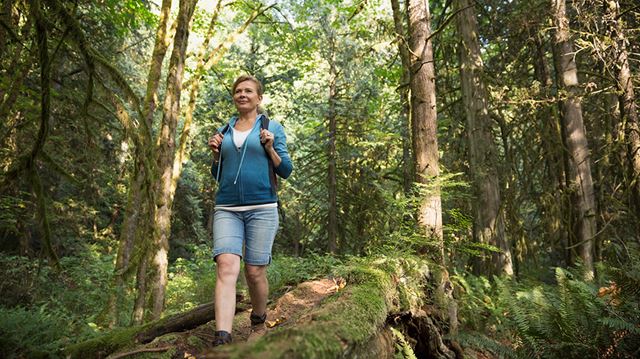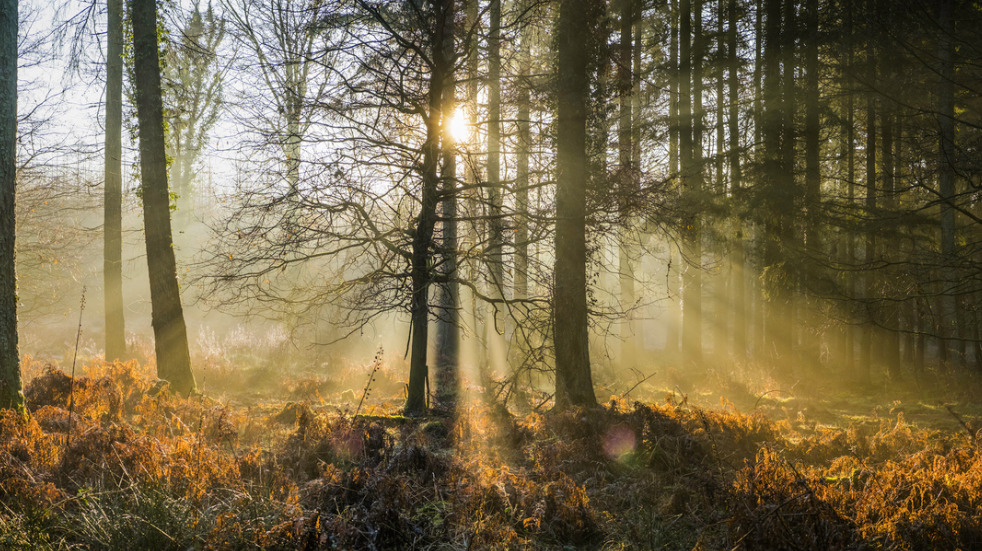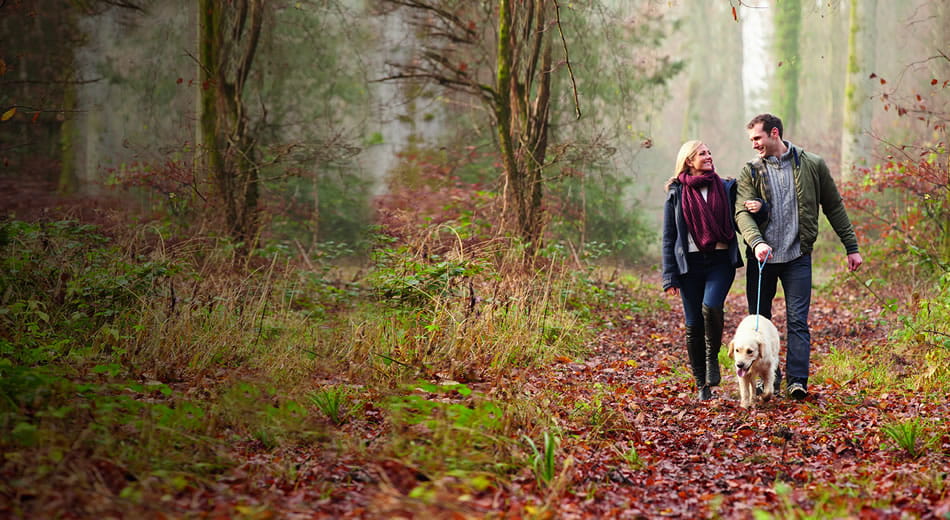
Forest bathing has been popular in Japan since the 1980s and is believed to provide a wide range of benefits for our physical and mental health
Looking for a way to slow down and de-stress? The Japanese practice of forest bathing could provide the answer.
There’s plenty of research to suggest that spending time in nature is good for us. A recent study found that spending two hours every week in nature can help you to feel healthier and those who took part reported higher levels of life satisfaction. You don’t have to be physically active either – just spending time sitting in nature is enough. And where better to connect with nature than in the woods?
What is forest bathing?
Forest bathing has its roots in Japan, where it’s known as shinrin-yoku, which means ‘forest bath’ in English. The practice first became popular in Japan in the 1980s, when a national health programme of forest bathing was launched to encourage people to spend more time outdoors. It was thought that spending time in the forest could help to reduce stress and stop office workers burning out.
At its heart, forest bathing is a way of appreciating nature by using all of your senses and walking in a beautiful environment. The best bit? You don’t need any special equipment, just the right location and plenty of time to roam.

Improve your health with more of our wellbeing content:
Maintain a healthy blood pressure
Get outdoors in the UK's best gardens
What are the benefits of forest bathing?
Wandering through the woods is a relaxing activity in itself, but scientists have also spent time researching the benefits of forest bathing for both our physical and mental health.
The physical health benefits of forest bathing include a healthier heart and lower blood pressure, while the mental health benefits include improved concentration, reduced feelings of stress and anxiety and an increased sense of gratitude and appreciation for nature.
Dr Qing Li, author of Shinrin-Yoku: The Art and Science of Forest-Bathing, says that walking in the forest can even help you to get a better night’s sleep. A study of office workers found that forest-bathing improved their sleep, even when they did the same amount of exercise as they would do in an average day.
So why is forest bathing good for you? One theory is that forest bathing increases your exposure to phytoncides, which are chemicals released by trees to protect them from pests and decay. It’s believed that phytoncides can improve our health too: a study into forest bathing in Japan found that people who spent time in the woods had a higher white blood cell count – and a stronger immune system as a result.
Where to go forest bathing
There are lots of forests you can visit in the UK to improve your mental health and get some much-needed fresh air. The Forestry Commission, which recently celebrated its centenary, is a great place to start if you’re looking for somewhere to go forest bathing and they’ve also produced a forest bathing guide to help you get started.
BBC Countryfile Magazine has also produced a helpful guide to Britain’s best forests and woods to explore.

How to practise mindfulness in the forest
There are other ways to boost your wellbeing in the forest and mindfulness can help you to appreciate the beautiful natural surroundings.
Why not stop and sit quietly for a few minutes? You can either take in the view or spend a few minutes meditating and enjoying the silence. Try this simple ‘box breathing’ technique: breathe slowly in for a count of four, hold for a count of four, breath out to a count of four and then pause for a count of four. Repeat until you feel completely relaxed. Don’t jump up and start walking right away – allow yourself a moment of rest before you continue your woodland walk.
When you’re out in the forest, try to stay in the moment and be aware of your senses with these simple mindfulness exercises:
Sound. What can you hear? Pay attention to the wind in the trees. Can you hear birdsong or the sound of running water?
Smell. Breathe in and consider the scents of the forest – tree sap, grass, flowers. Observe each scent in turn.
Touch. Touch the tree bark, pick up pinecones or enjoy the wind in your hair.
Sight. How many different varieties of plants can you count as you walk? Watch the shifting dappled light in the trees.



